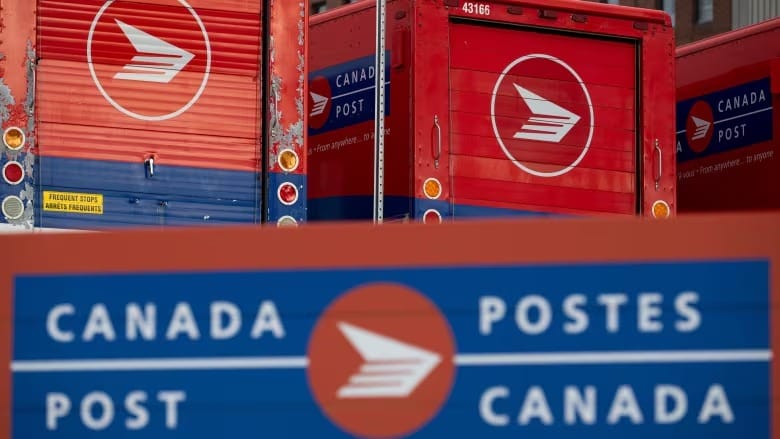Canada's inflation rate finally hit the Bank of Canada's target. What does that mean for prices?
Inflation rate reached 2 per cent in August, lowest rate since February 2021

Canada’s inflation rate fell to two percent in August, reaching the Bank of Canada’s target after a prolonged effort to control price growth, according to a report from Statistics Canada on Tuesday.
The central bank began raising interest rates aggressively in April 2022 to combat rising inflation and implemented its first rate cut since March 2020 in June.
“Our confidence that inflation will continue moving closer to the two percent target has grown in recent months,” Bank of Canada Governor Tiff Macklem said at the time.
The two percent inflation rate last month is the slowest growth pace since February 2021. The Bank of Canada's core inflation measures also showed a slight decline.
CIBC senior economist Andrew Grantham commented, “Inflation remains unthreatening, and the Bank of Canada should now focus on stimulating the economy and curbing the rising unemployment rate.” He also predicted a further 200 basis points in interest rate cuts by the middle of next year.
August’s inflation drop was primarily driven by a decrease in gasoline prices, known for their volatility. Excluding gasoline, the inflation rate stood at 2.2 percent.
What Does the Two Percent Target Mean for Prices?
Despite the central bank hitting its inflation target, Canadians may not feel relief when shopping for groceries or other items. While the pace of price increases has slowed, prices remain high, according to Pedro Antunes, chief economist at the Conference Board of Canada.
“The bank isn’t aiming to return prices to pre-pandemic levels or pre-inflation peaks. Instead, they’re seeking to stabilize inflation moving forward,” Antunes explained.
For instance, if the price of a steak rose from $10 to $20, the two percent inflation target means that the $20 price won’t increase by more than two percent going forward.
Antunes noted that while the two percent target lacks “great science,” it serves two key purposes. First, it ensures low and stable inflation, protecting people’s livelihoods, especially those on fixed incomes. Second, the Bank of Canada aims to avoid deflation, where prices fall and consumers delay purchases, potentially harming the economy.
Mortgage Interest, Rental Costs Lead Inflation Contributors
In August, mortgage interest and rental costs remained the largest contributors to inflation, though the growth in mortgage interest costs has slowed, according to Statistics Canada.
Grantham pointed out that if mortgage interest costs were excluded, the overall inflation rate would have been 1.2 percent year-over-year.
Consumers paid 2.4 percent more for groceries in August, attributed to the base-year effect — comparing prices to the same month in the previous year.
Meanwhile, clothing and footwear prices declined, which is unusual for the back-to-school season, while electricity prices grew at a slower rate.
The Bank of Canada’s next interest rate meeting is scheduled for October 23. Some economists suggest the question isn’t whether there will be a rate cut, but whether it will be by 25 or 50 basis points.





